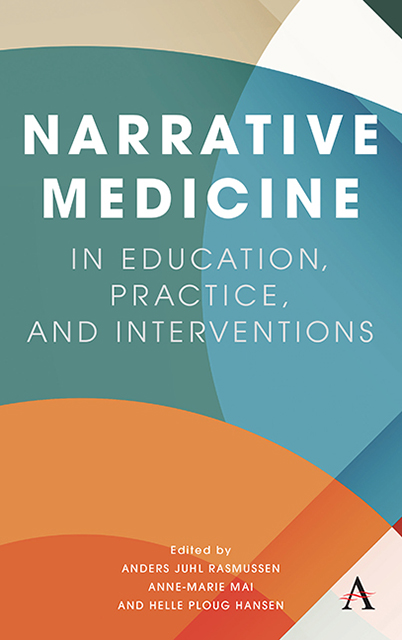Afterword
Published online by Cambridge University Press: 08 June 2023
Summary
Entering the clinical wards for the first time felt like encountering the first talking pictures or the birth of technicolor. Everything seemed brighter, the sounds were crisper, and the smells more acute. With pressed short white coats and newly unboxed stethoscopes, my classmates and I were released from the prolonged purgatory of our books and our classes. But while we had spent many years studying pathophysiology, biochemistry, anatomy, and organ systems, we had had very little formal training in humans. I remember my first cases of life-threatening gastrointestinal hemorrhage, newly diagnosed congestive heart failure, and pneumocystis carinii pneumonia in a patient with AIDS. We stabilized vital signs, made complex diagnoses, performed interventions, and initiated treatment plans. But we were woefully unprepared for the messy contours of life: unpaid bills, domestic violence, racial tension, and unmitigated loss. We had not been trained to appreciate individual variation, scrutinize our own biases and unexamined assumptions, or overcome the often vast gulfs in age, sex, race, class, and life experience that separated us from our patients. Simply put, we had not been trained in the imagination.
It was the late 1990s, and narrative medicine had not quite been born, but Rita Charon had already been planting the seeds and laying the foundation for decades. Her interest in literature and its applications to the pedagogy of medicine were legendary at Columbia University's College of Physicians and Surgeons where I was attending medical school. Her methods and approach, centered on a close study of literary language and aesthetic form, were at their core, an education in the imagination. As I tried to care for my patients as people, I sought out Dr. Charon, and we embarked on a shared exploration of works by Virginia Woolf, Naguib Mahfooz, Henry James, and Vernon Maxwell as I continu ed my clinical rotations. During those months of close reading and writing, we stretched our imaginative capacity to care for, be curious about, and apprehend the predicaments of other human beings. But we also developed the imaginative humility to appreciate the limits of those presumptions.
Those early insights carried me through graduate school in English and comparative literature, residencies in primary care and emergency medicine, and the development of an undergraduate program and major in medical humanities.
- Type
- Chapter
- Information
- Narrative Medicine in Education, Practice, and Interventions , pp. 183 - 186Publisher: Anthem PressPrint publication year: 2022



